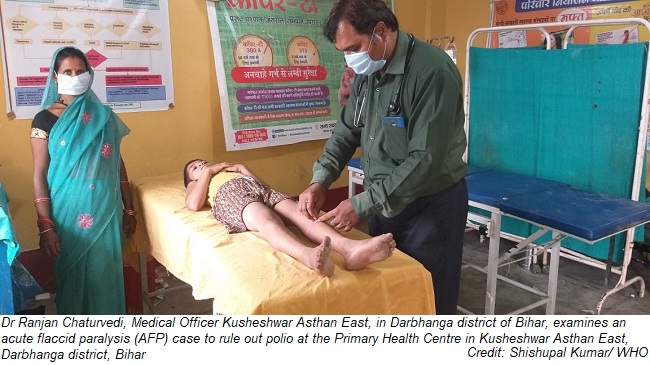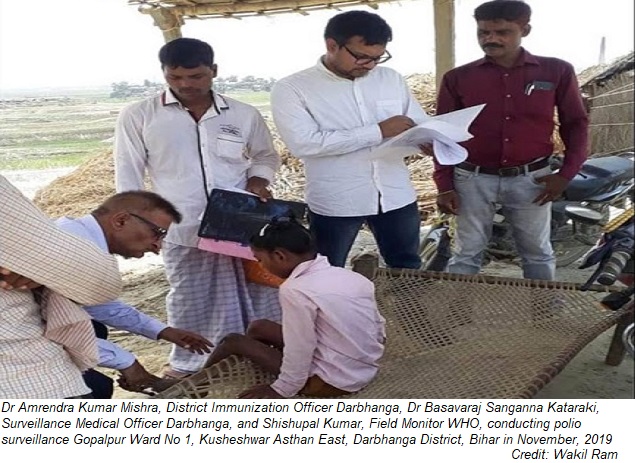India rolled out the Pulse Polio Immunization Programme on 2 October 1994, when the country accounted for around 60% of the global polio cases. Within two decades, India received ‘Polio-free certification’ from World Health Organization on the 27 March 2014, with the last polio case being reported in Howrah in West Bengal on 13 January 2011.
Ensuring equitable access to vaccines to everyone, including the most marginalized and vulnerable groups living in the remotest parts of the country, made eradication possible. A high commitment at every level led to policy makers, health workers, frontline workers, partners and community volunteers, working in tandem to deliver life-saving polio drops to every child wherever they were, be it at home, in school, or in transit.
Apart from equitable access to vaccines, the government simultaneously addressed social and cultural concerns to remove vaccine hesitancy in less developed areas with poor health systems, and among marginalised communities and vulnerable groups by involving with communities and local leaders for micro-level communication and community mobilization.

This was done by working with volunteers from local communities in the microplanning of Supplementary Immunization Activities and engaging with community and religious leaders to identify and address concerns so that coverage could be increased in less visible clusters of unimmunized children.
Addressing and overcoming religious and cultural resistance and rumours was essential in the road to eradication as the persistence of even low levels of wild polio virus in the environment can lead to clusters and outbreaks, particularly among unvaccinated children living in densely populated settlements with poor hygiene.
The efforts to keep the country polio free continue, with the first Polio National Immunisation Day (NID) for 2021 on January 31. More than 159 million children have been vaccinated against polio since the January this year. The polio vaccination coverage at the end of round one is more than 97% against a target of 165 million children, according to WHO data for tracking the quality of immunization.
Vaccinations were conducted in close to 700 000 booths staffed with around 1.2 million vaccinators and 180 000 supervisors on Polio Ravivar (Polio Sunday) this year, who worked with the support from partners and volunteers from WHO, UNICEF, Rotary and other civil society organizations.
Children were also vaccinated in transit at bus terminals, railway stations, airports and ferry crossing while following COVID-19 appropriate behaviours, such as preventing overcrowding at booths, maintaining physical distance of 2 metres, wearing masks, washing hands and administering polio drops in well ventilated-settings.

India continues to hold one NID and two Sub-National Immunization Days for polio every year to maintain population immunity against wild poliovirus and to sustain its polio free status. To provide additional protection, the Government of India has introduced the injectable Inactivated Polio Vaccine into its routine immunization programme.
Polio (poliomyelitis) mainly affects children under 5 years of age, with 1 in 200 infections leading to irreversible paralysis. Among those paralysed, nearly 5% die when their breathing muscles become immobilized.
Wild polio virus cases continue to be reported in neighbouring Pakistan and Afghanistan. As long one child remains infected, children in all countries remain at risk of contracting polio.
